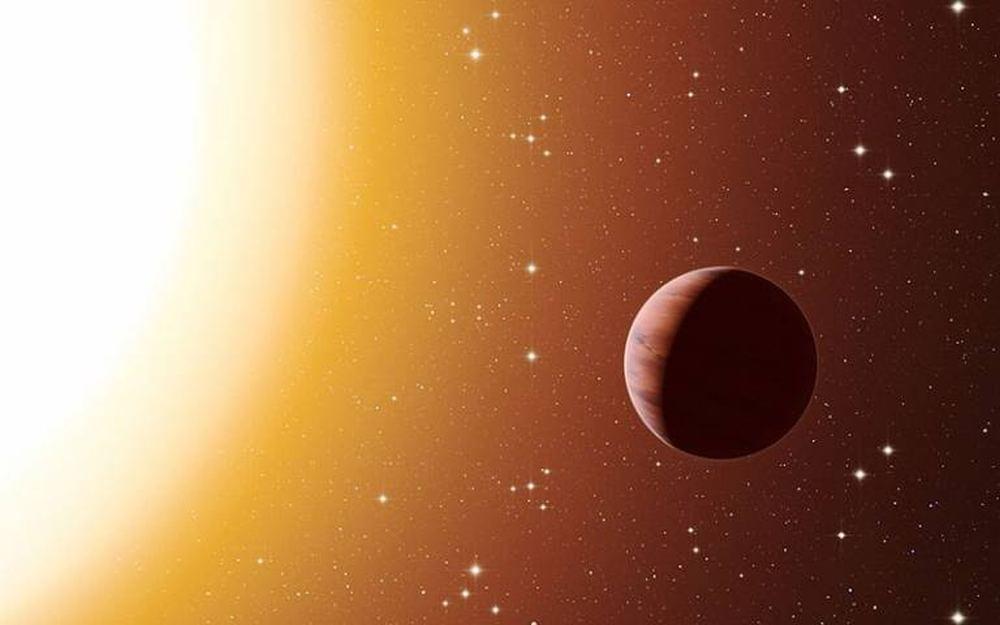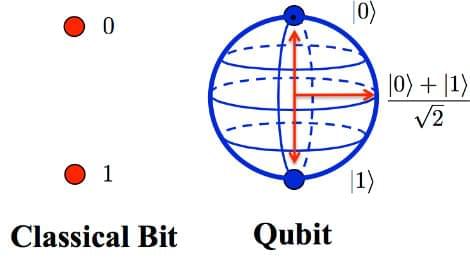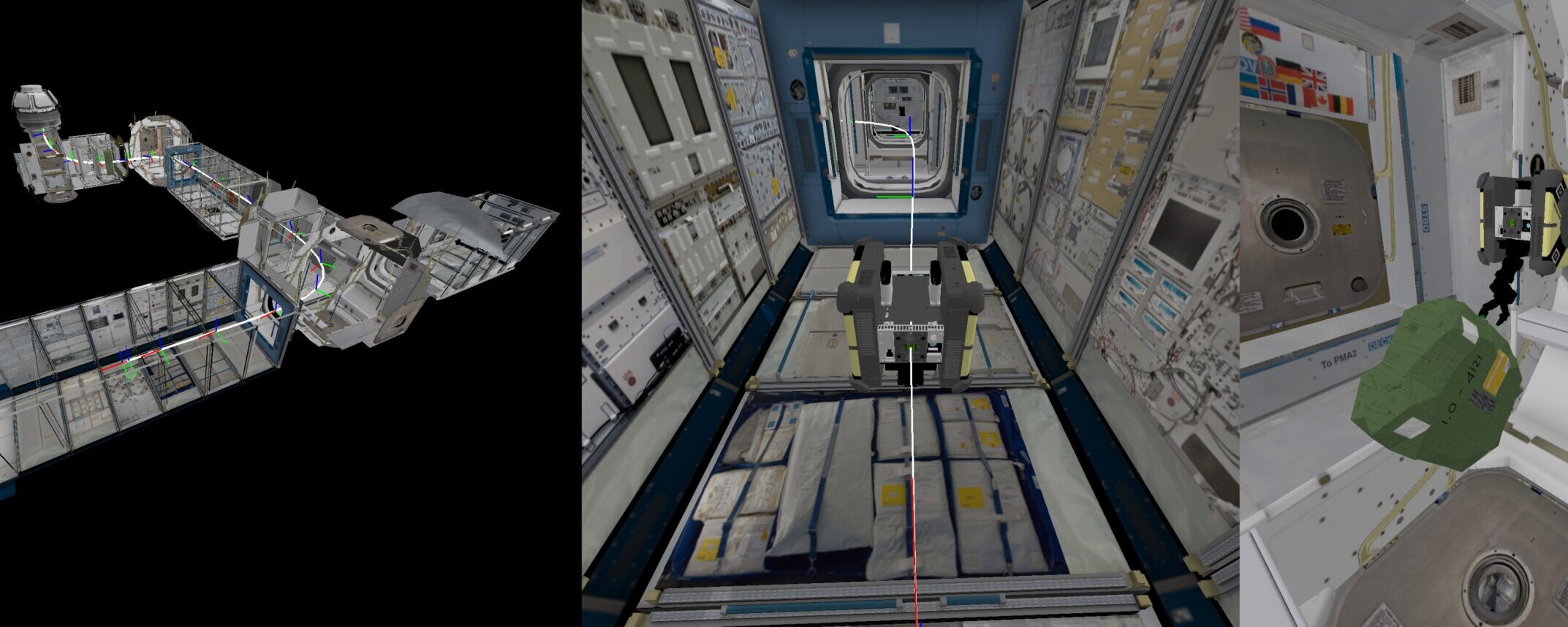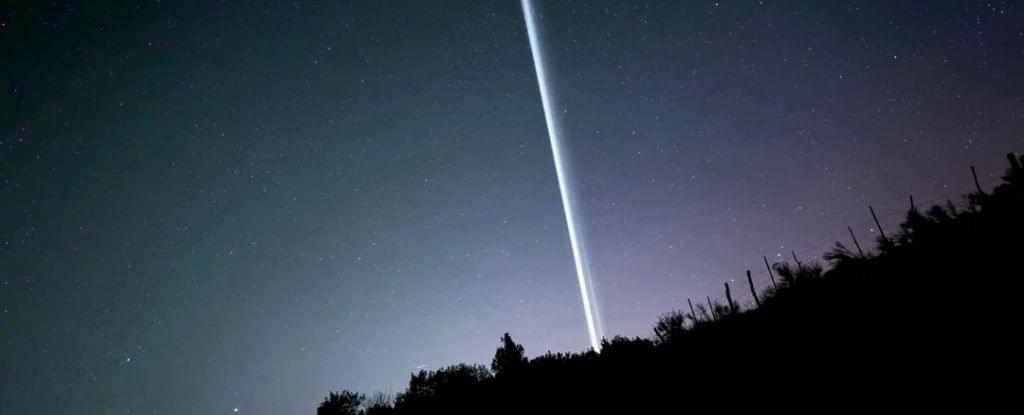Find out where to catch the Milky Way’s appearance in the night sky as it becomes more visible with the 2025 summer approaching.



Tracking exoplanets via orbital mechanics isn’t easy. Plenty of variables could affect how a planet moves around its star, and determining which ones affect any given exoplanet requires a lot of data and a lot of modeling. A recent paper from researchers led by Kaviya Parthasarathy from National Tsing Hua University in Taiwan tries to break through the noise and determine what is causing the Transit Timing Variations (TTVs) of HAT-P-12b, more commonly known as Puli.
Puli is a “sub-Saturn” exoplanet that orbits the star HAT-P-12, also known as Komondor. Both the star and its planet are named after dog breeds as they reside in the constellation Canes Venatici and lie about 463 light years away from Earth. Nothing is particularly special about the star or the planet, except that they have had a lot of data collected on them.
The paper analyzed 46 light curves watching Puli traverse in front of Komondor. Some were previously published, whereas others, including some ground-based observations and some new data from the Transiting Exoplanet Survey Satellite, were never before analyzed.

The winners of the 2025 Milky Way Photographer of the Year contest have been announced, highlighting epic imagery of the Milky Way from around the world, and even from above it. The contest, hosted by travel photography blog Capture the Atlas, is in its eighth year.
This year, the contest received 6,000 entries from photographers of 16 different nationalities. Images spanned 25 locations around the globe, including Chile, the United States, Greece, Switzerland, Guatemala, New Zealand, Taiwan, Yemen, Chad, India, Namibia, Spain and more. Plus, an image taken from space was included in the collection for the first time. Some photos captured celestial events like a comet, a meteor shower and a lunar eclipse.
Dan Zafra, the editor of Capture the Atlas, curates the annual list based on image quality, the story behind the shot and the overall inspiration it provides. Zafra says the project’s goal is to inspire people to connect with the night sky and “to encourage photographers to explore and photograph the Milky Way from new angles.”

The qualia problem of perception is simply pointing out that the way we perceive the world is in terms of subjective qualities rather than numerical quantities. For example, we perceive the color of light in the things we see rather than the frequency of light wave vibrations or wavelengths, just as we perceive the quality of the sounds we hear rather than the frequency of sound wave vibrations. Another example is emotional qualities, like the perception of pleasure and pain and the perception of other emotional qualities, like the emotional qualities that color the perception of the emotional body feelings we perceive with emotional expressions of fear and desire. There is no possible way to understand the perception of these emotional qualities, just as there is no way to understand the perception of the colors we see or the qualities of the sounds we hear, in terms of the neuronal firing rates of neurons in the brain or other nervous systems. The frequency of wave vibrations and the neuronal firing rates of neurons are both examples of quantities. The problem is we do not perceive things in terms of numerical quantities, but rather in terms of subjective qualities.
All our physical theories are formulated in terms of numerical quantities, not in terms of subjective qualities. For example, in ordinary quantum theory or in quantum field theory, we speak of the frequency of light wave vibrations or the wavelength of a light wave in terms of a quantum particle called the photon. A photon or light wave is characterized by the numerical quantities of frequency and wavelength. When we formulate the nature of a light wave or photon in quantum theory in terms of Maxwell’s equations for the electromagnetic field, we can only describe numerical quantities. In ordinary quantum theory and quantum field theory, the electromagnetic field is the quantum wave-function, ψ(x, t), that specifies the quantum probability that the point particle called the photon can be measured at a position x in space at a moment t in time. That quantum probability is specified in terms of the frequency and wavelength that characterizes the wave-function for the photon.

Astrobee is a free-flying robotic system developed by NASA that is made up of three distinct cube-shaped robots. This system was originally designed to help astronauts who are working at the International Space Station (ISS) by automating some of their routine manual tasks.
While Astrobee could be highly valuable for astronauts, boosting the efficiency with which they complete day-to-day operations, its object manipulation capabilities are not yet optimal. Specifically, past experiments suggest that the robot struggles when handling deformable items, including cargo bags that resemble some of those that it might be tasked to pick up on the ISS.
Researchers at Stanford University, University of Cambridge and NASA Ames recently developed Pyastrobee, a simulation environment and control stack to train Astrobee in Python, with a particular emphasis on the manipulation and transport of cargo.


On the night of Saturday 17 May, skywatchers across the US as far south as New Mexico were treated to a peculiar sight: a brilliant stream of whitish light, stretching across the sky.
That was a night for auroral activity, as Earth’s magnetic field was buffeted by an influx of particles ejected from the Sun several days earlier. Initially, explanations favored STEVE, the name given to the white-mauve streaks of light emitted by rivers of charged particles flowing through Earth’s ionosphere.
STEVE is not an aurora, but, like the auroral displays it often appears alongside, is also a product of space weather.


How much water did Mars have in its ancient past and when did it disappear? This is what a recent study published in Geophysical Research Letters hopes to address as an international team of scientists investigated Mars’ ancient water cycle processes, including its transport mechanisms between the surface and subsurface. This study has the potential to help scientists better understand ancient Mars and whether the Red Planet could have had the ingredients for life as we know it.
For the study, the researchers used computer models to simulate the length of time that liquid water on the surface of Mars billions of years ago required to go from the surface to the subsurface, specifically to mile-deep aquifers. While this same process takes only a few days on Earth, the researchers estimated that it took between 50 to 200 years on Mars for liquid water to go from the surface to the subsurface aquifers.

Astronomers have discovered a likely explanation for a fracture in a huge cosmic “bone” in the Milky Way galaxy, using NASA’s Chandra X-ray Observatory and radio telescopes.
The bone appears to have been struck by a fast-moving, rapidly spinning neutron star, or a pulsar. Neutron stars are the densest known stars and form from the collapse and explosion of massive stars. They often receive a powerful kick from these explosions, sending them away from the explosion’s location at high speeds.
Enormous structures resembling bones or snakes are found near the center of the galaxy. These elongated formations are seen in radio waves and are threaded by magnetic fields running parallel to them. The radio waves are caused by energized particles spiraling along the magnetic fields.